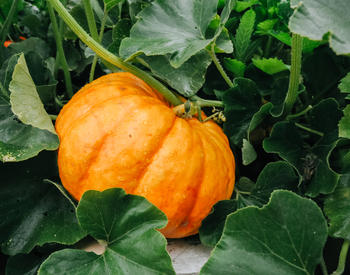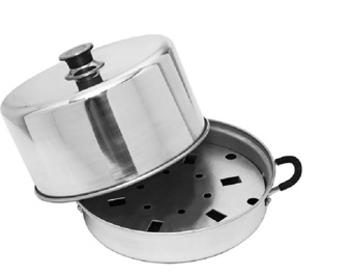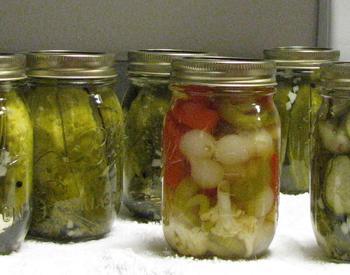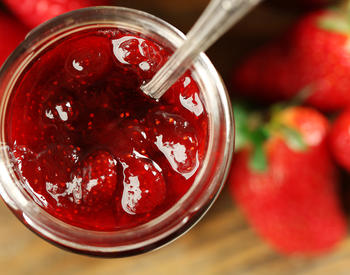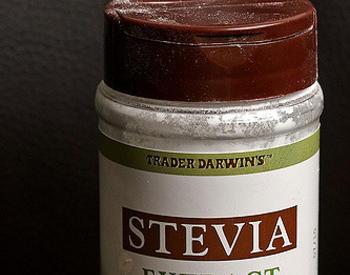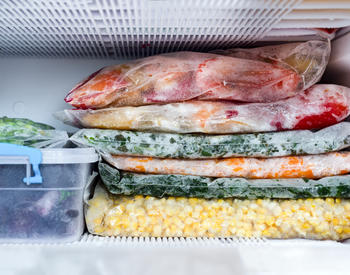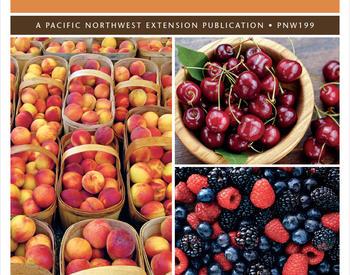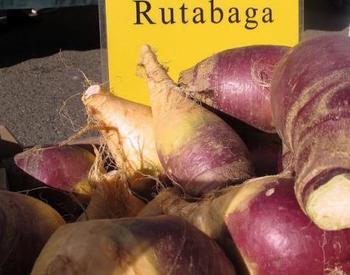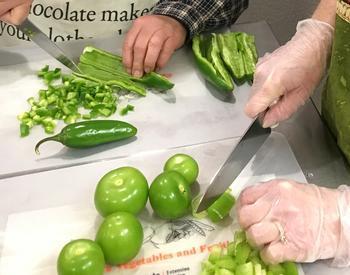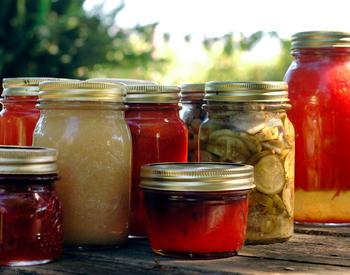Download this article as a PDF
Raw milk can be a source of dangerous microorganisms that pose serious health risks. Several foodborne illness outbreaks in the Pacific Northwest and elsewhere in the U.S. have been traced to drinking raw milk.
Home pasteurization is a good safeguard against possible risk of illness. The heat of pasteurization kills harmful bacteria such as salmonella, listeria and E. coli O157:H7. These disease-causing bacteria can even be in raw milk that is produced with good sanitation practices.
It is especially important to pasteurize raw milk that will be consumed by people who are susceptible to foodborne illness. That includes pregnant women, young children, older adults and those with cancer, HIV/AIDS, and other immune system diseases.
For best quality, raw milk must be heated slowly during pasteurization. Use a double boiler or place a small saucepan inside a large pan or slow cooker.
- Put water in the bottom pan and bring it to boiling.
- Pour the raw milk into the top pan. Heat it over the boiling water, stirring constantly.
- Use a meat or candy thermometer to determine when the temperature reaches 165° F and keep it at this temperature for 15 seconds.
- Set the pan of hot milk in a container of cold water. Keep the water cold by adding ice.
- Continue to stir until the milk is cold, then store in the refrigerator.
Raw milk can also be pasteurized in a microwave oven. Heat to 165°F using a thermometer or temperature probe. Stir the milk once or twice during the heating period to equalize the temperature throughout. Cool as directed.
Pasteurization doesn’t destroy the nutritional value of milk. The milk is still an excellent source of calcium as well as protein.
Source: OSU Master Food Preservers Program





